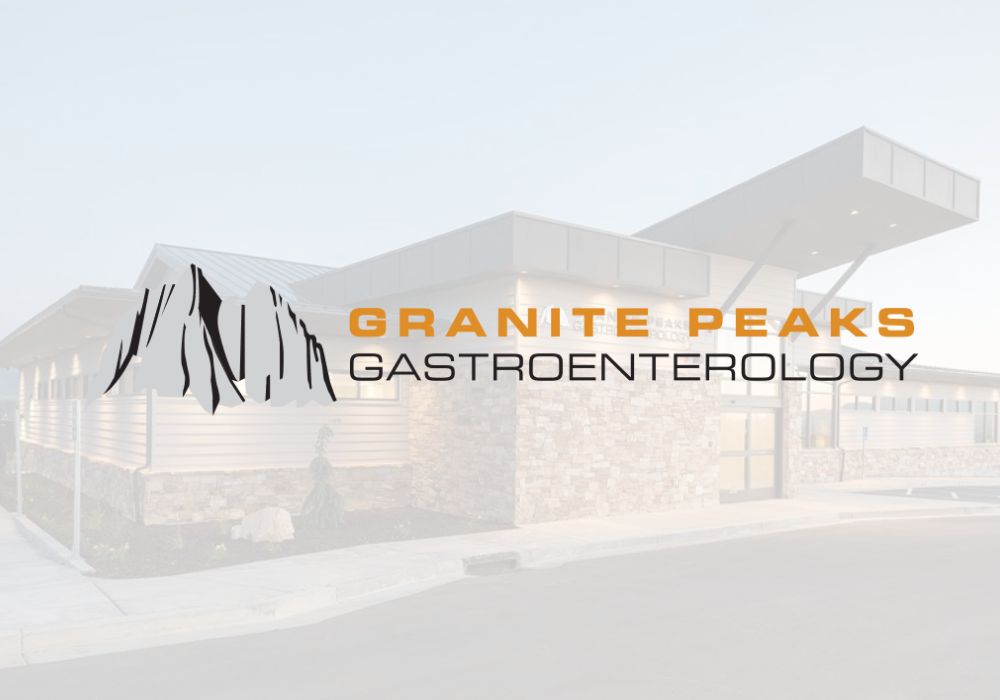By Kelsey Tolbert and Andrew Heiner, MD
Your rectal pain and bleeding may actually be from a fissure
Anal fissures are one of the most common rectal disorders. They are caused by a tear or cut in the anal canal. The symptoms often mimic those of hemorrhoids, and therefore fissures are often mistreated or misdiagnosed. An anal fissure can be acute (lasting < 6 weeks) or chronic (lasting >6 weeks).
Symptoms
The main symptom associated with an anal fissure is pain with defecation. The severity of pain ranges from a mild discomfort to a debilitating, stabbing sensation. Pain can last anywhere from a few minutes to several hours and sufferers often describe the sensation as the feeling that they are “pooping glass.” Anal fissures may also cause bright red bleeding with bowel movements, itching, and/or anal spasm.
Causes
Anal fissures occur when there is high pressure in the anal canal, resulting in the anal sphincter muscle being stretched beyond its capacity. This most frequently occurs with constipation, diarrhea, childbirth, anal intercourse or other trauma.
While fissures are most often benign, they can also be manifestations of more serious conditions such as inflammatory bowel disease malignancy or sexually transmitted infections. If you have symptoms of a fissure, especially if symptoms persist for more than 4-8 weeks, you should see your healthcare provider.
Acute Anal Fissures
The vast majority of anal fissures fall into this category. Acute fissures heal on their own within a few weeks and only require mild conservation therapy. Common ways to treat fissures include:
- – Taking warm baths. Fill a tub with a few inches of warm water and sit for 20 minutes 2-3 times a day, particularly after bowel movements. The warm water will help to relax the sphincter muscle to promote healing and pain relief. Toilet seat sitz baths are an inexpensive alternative and can be purchased online or at most grocery stores.
- – Softening or bulking up stool. Avoiding constipation and diarrhea is very important to the healing and prevention of an anal fissure. Taking Metamucil or Citrucel fiber powder twice daily will help to give stool form and promote complete evacuation. Stool softeners or MiraLAX can also be used.
Chronic Anal Fissures
The presence of an anal fissure often causes the anal sphincter muscle to spasm. This spasm can cause the edges of the cut to widen (worsening the tear) and reduce blood flow to the area (prolonging healing). For these reasons, anal fissures can become a cyclical and chronic problem. Chronic anal fissures are treated by a health care provider, often in conjunction with fiber supplementation and warm baths. Common treatments for chronic fissures include ointments, creams, Botox injections, medications, and/or surgery. In some cases, treatment of hemorrhoids can improve anal fissures and prevent reoccurrence.
When to see a Doctor
– If symptoms persist for more than 4-8 weeks
– If you develop rectal bleeding
– If pain is impacting daily activities
– If you develop a change in bowel habits
Each of these can be signs of a more serious condition or may reflect the need for more aggressive treatment. At your appointment, your physician will most likely perform an anal exam and may refer you to have a colonoscopy.
Prevention
Anal fissures can usually be prevented by regulation bowel movements to avoid straining or irritation. This is best achieved by eating well, exercising, and staying well hydrated. Taking a daily fiber supplement such as Metamucil or Citrucel powder is also a good idea, as this promotes overall bowel health.
If you are experiencing symptoms of anal fissures, schedule an appointment with a Granite Peaks Gastroenterology physician today.


